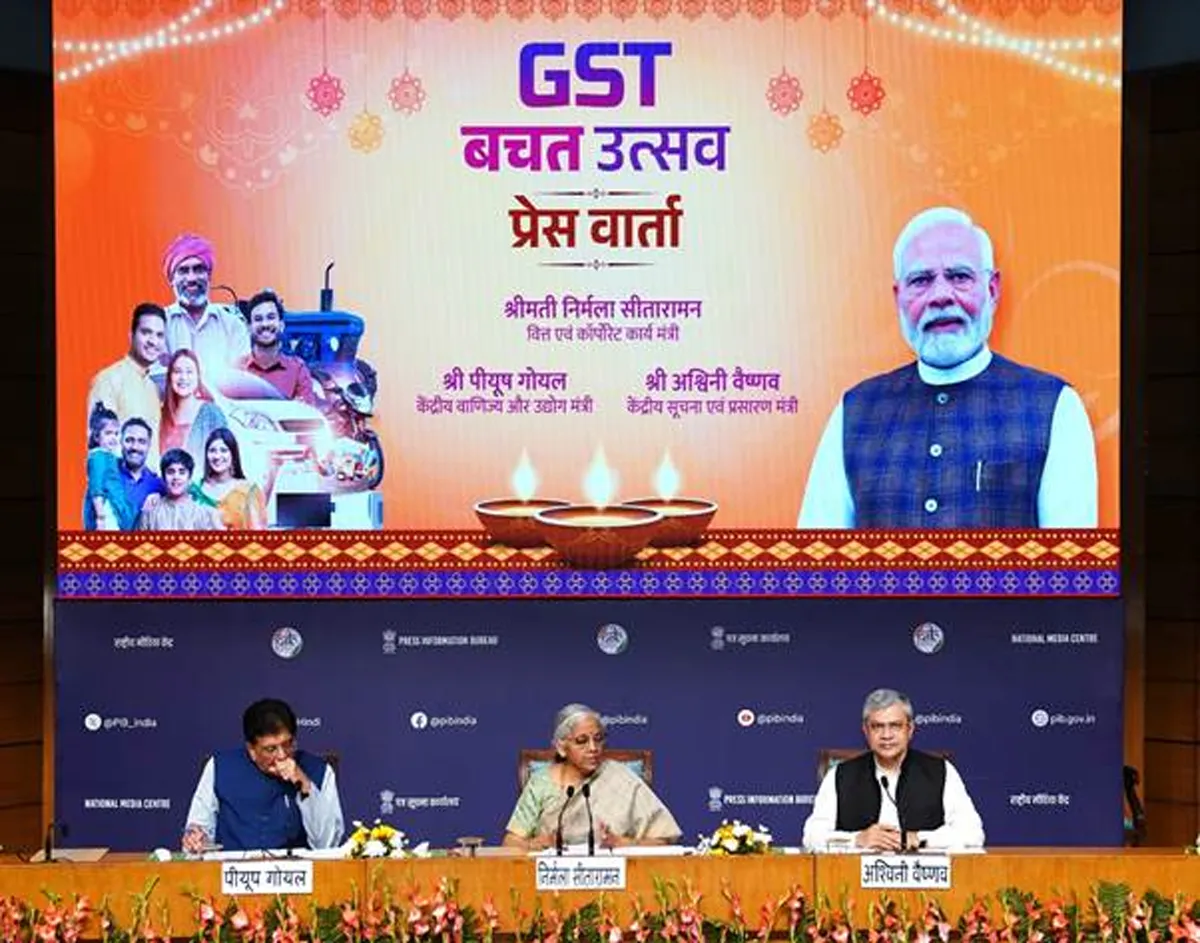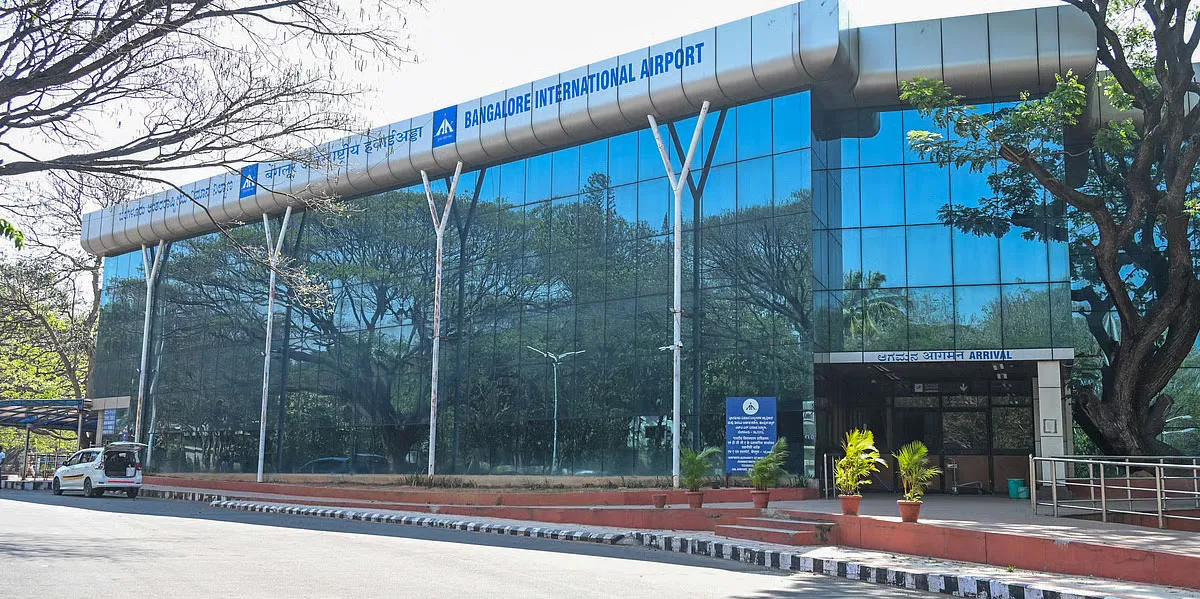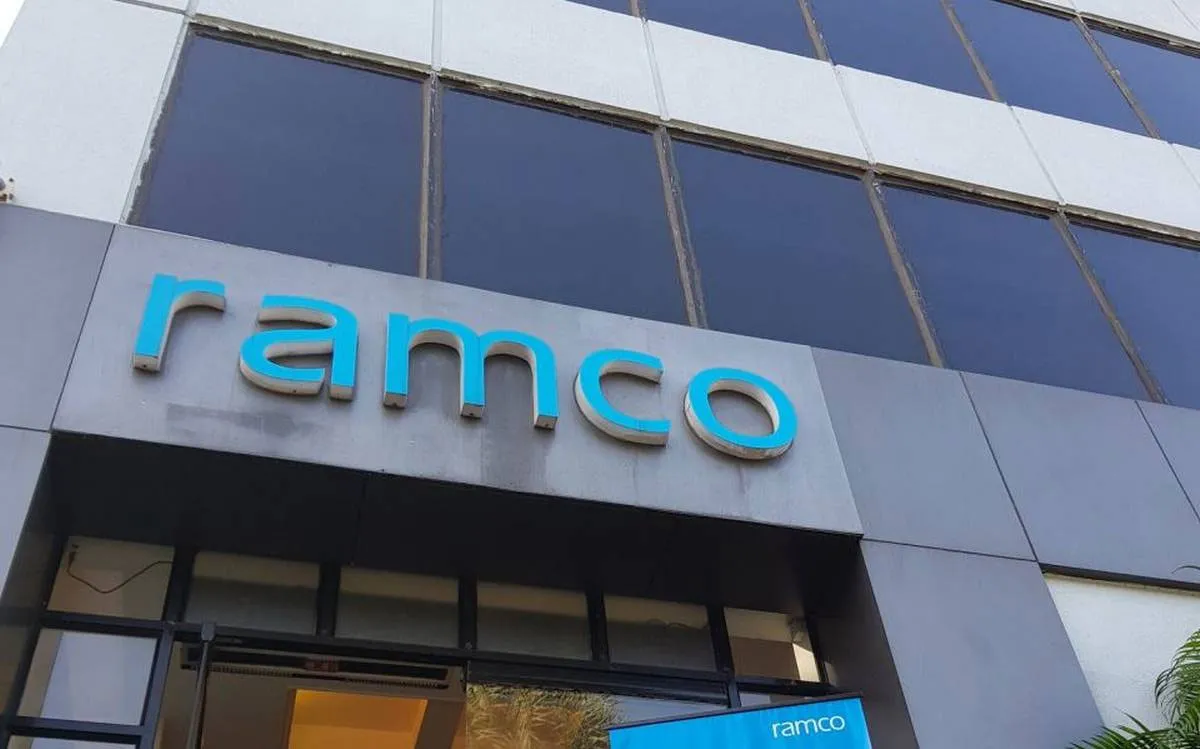
Ministers Hail GST Reforms for Boosting Growth and Spending

HAL Airport Reopening Needs BIAL Consent: Centre
The Union government has said that reopening the existing HAL Airport in Bengaluru for civilian operations would require the consent of Bengaluru International Airport Limited (BIAL), in line with the concession agreement governing Kempegowda International Airport (KIA). Informing the Lok Sabha, Minister of State for Civil Aviation Murlidhar Mohol said the concession agreement between the Government of India and Bengaluru International Airport Limited stipulates that no new or existing airport—except for the development of Mysuru and Hassan as domestic airports—can be developed, improved,..

Guwahati Airport Plans Second Terminal As Traffic Grows
Even as Prime Minister Narendra Modi is set to inaugurate the new terminal at Lokapriya Gopinath Bordoloi International Airport on December 20, the Assam government has begun planning a second terminal at Guwahati’s main aviation hub to cater to rising passenger traffic and the airport’s expanding regional role. Chief Minister Himanta Biswa Sarma said the state is considering a completely new additional terminal, noting that planning work is already under way. Following the inauguration, all operations will initially be shifted to the new terminal, while the existing terminal will be phas..

Ramco To Deploy Aviation Software At Powerhouse Engines
Enterprise aviation software provider Ramco Systems Corporation, a subsidiary of Ramco Systems Limited, has announced the implementation of its next-generation aviation software at Powerhouse Engines, a South Florida-based aviation services company specialising in jet engine leasing, trading and maintenance, repair and overhaul (MRO) for CFM56 family engines. The CFM56 engines, jointly developed by GE Aerospace and Safran Aircraft Engines, power narrow-body aircraft such as the Airbus A320ceo and Boeing 737 Classic and NG. Ramco’s aviation software will deliver end-to-end lifecycle coverage..
















